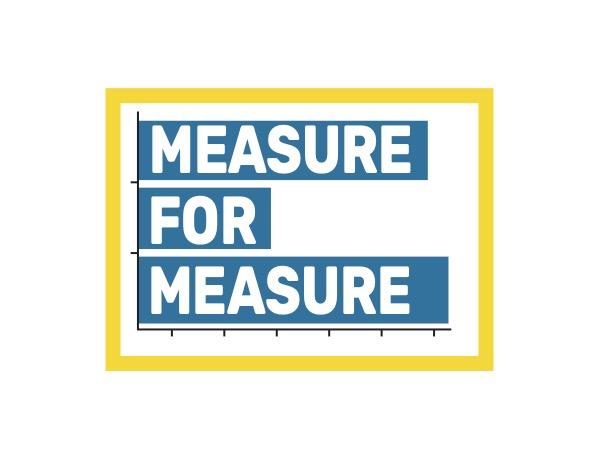Multidisciplinary Artists and Game Designers Merit Inclusion in U.S. Labor Data Codes, Study Finds

The very first research report from the National Endowment for the Arts, nearly half a century ago, discussed employment and unemployment rates of artists. From that time onward, when analyzing trends for artists and other cultural workers, the NEA’s Office of Research & Analysis has relied on jobs data collected by the Census Bureau and the Bureau of Labor Statistics. (To hear the NEA Chair and the Census Bureau Director reflect on our history of partnerships, go to this podcast episode.)
While the statistics are always in flux, much of the criteria affecting whether and how federal officials “code” workers as artists has remained constant for years, if not decades. The question naturally arises: if these labels have gone unchanged, then how well do the numbers reflect macro-level shifts in the functions and characteristics of working artists in the first quarter of this century? Put another way, have the job titles, the technologies used, the nature of work performed, and educational requirements altered to such an extent that we now should reconsider who counts as an artist?
The Office of Management and Budget (OMB) is providing an opportunity for the public to weigh in on these and other subjects. As announced here and here, the government is inviting comments until Aug. 12, 2004, on issues concerning the federal Standard Occupational Classification (SOC) system used in analyzing and reporting statistics from multiple data sources. Interested parties may comment on topics ranging from the core principles guiding the SOC framework to changes or additions to specific occupational codes.
In advance of this opportunity, the organization United States Artists commissioned a researcher to examine the state of artist occupational codes and to make an informed assessment of which codes, if any, warrant adding or adapting for the purpose of yielding better-quality data on working artists. Joanna Woronkowicz, a co-principal investigator of the NEA Research Lab at Indiana University—and author of the forthcoming book, Being an Artist in America (see here for a related book chat at the NEA)—has surveyed artists, analyzed existing taxonomies and occupational data, and offered recommendations that can assist others with commenting on the SOC framework.
United States Artists has posted the report to its website, along with a spreadsheet template for members of the public to use in making comments of their own. The report lays out specific SOC issues deserving of attention from researchers and policymakers who need federal data to better match present-day realities of artists working in the U.S.
We already know, for example, of the hybridity of many artist careers—not only do artists frequently move across industry sectors, but they often juggle multiple jobs. But what about the hybridity of art forms that often are reflected in artistic output, even from a single “worker”? Also, as noted in the NEA research report Tech as Art, artists who use technology as a creative medium are highly varied in their skills, educational background, and means of livelihood. Indeed, they may not even be identified as artists through conventional taxonomies.
Woronkowicz’ report recommends the creation of a detailed SOC code for "Interdisciplinary and Multidisciplinary Artists" encapsulating those “who do work across visual and performing art occupations.” (The report also urges creation of “Visual Arts” and “Performing Arts” codes to better align data reporting for occupations within those categories.) Detailed codes for “Game Designers” and “Technical Designers” are advocated as well. Some, but by no means all, of these job activities currently may fall under the existing occupational code of “Special Effects Artists and Animators,” the report acknowledges.
Other SOC changes advised by Woronkowicz are to create a new code for “Novelists and Poets” (there is already a “Writers and Authors” code), and, within the existing code “Producers and Directors,” to separate the two occupations. She also makes more general recommendations about the SOC system.
For instance, she asks that federal agencies “acknowledge the challenge in collecting data on some occupations”—i.e., artists—“where self-identification has blurry criteria” and that “data on secondary jobs for artists” always be collected.
The report’s conclusions are supported by empirical insights, including observations shared by many other cultural researchers who work with artist data. Woronkowicz writes: “[A] standard for classifying artist workers exists despite this occupational group being inherently challenging to quantify. First, artists tend not always to work for pay or profit,” and hence are “misaligned with the purpose of the SOC system.”
“Second, professionalization criteria for artist workers are often highly subjective, making occupational identification lines blurry.” Despite these challenges, she asserts, “quantifying artistic labor markets is of interest to policymakers concerned with economic development, entrepreneurship, and workers’ social benefits.”
Accordingly, all who would like to see improvements in the rules for classifying artist occupational data should respond to the public call for comments. Artists: stand up and be counted!
Sunil Iyengar directs the Office of Research & Analysis at the National Endowment for the Arts.




